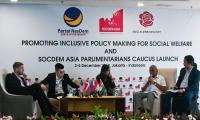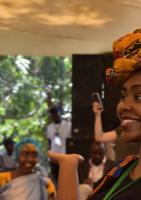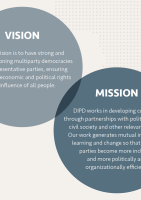Philippines
The island nation in Southeast Asia has been a multi-party democracy since 1986
After the end of the Marcos dictatorship in 1986, the country’s political space began to open, allowing for the establishment of a multi-party democracy with a presidential government. This also meant a comeback to relatively free and fair elections. Many militant groups are also active in the Philippines, including Islamic, Maoist, and ethnic separatist groups.
Democracy is not only about the holding of free and fair elections. It also requires battling the corruption that has been institutionalised in the political and judicial branches of the Philippines, effectively rigging it to benefit a few dozen political families. The families hold a grossly disproportionate share of the power and wealth in the country.
In 2022, the presidential election was won by Ferdinand ‘Bongbong’ Marcos Jr., the son of the former kleptocrat and dictator. Alongside Marcos, as vice-presidential candidate, was Sara Duerte, the daughter of the outgoing president, Rodrigo Duerte. The election was marred by disinformation campaigns against Marcos and Duerte’s political opponents, and many in the Philippines criticized a whitewashing of Marcos’ father’s dictatorship.
Read more about our partnership on the partnership page below.
Population: 109,035,343.
Liberal Democracy Index: 0.29*
[LDI encaptures both electoral and liberal aspects of democracy]
Proportions of Seats held by Women in Parlament: 27.3%**
Proportions of Seats held by Youth under 30 in Parlament: 0%**
*V-Dem Institute
**IPU.org






